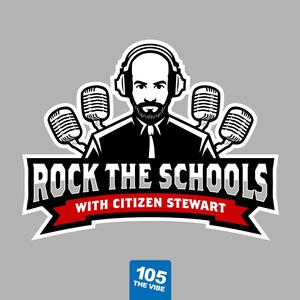How Many Public School Students Are Taught by Certified and Experienced Teachers?

The vast majority of U.S. students in public schools are taught by certified and experienced teachers, according to data compiled by the National Center for Education Statistics (NCES). Roughly 94% of students were taught by a state-certified teacher in the 2011–12 school year – the most recent figures available from the Schools and Staffing Survey (SASS), which includes questions about the sampled teacher’s state teaching certification.
When it comes to actual years of experience, the same survey revealed that 80% of students had a teacher with more than 5 years of experience. Specifically, 23% were taught by teachers with 6–10 years of experience, 20% by teachers with 11–15 years, 23% by teachers with 16–25 years, and 14% by teachers with 26 or more years.
NCES also looked for trends in the 2013 and 2015 National Assessment of Educational Progress (NAEP) annual report cards, which look specifically at grades 4 and 8 in math and reading. Based on that data, 92% of 4th-graders and 90 percent of 8th-graders in 2015 were taught by a state-certified math teacher – a slight dip from 2013. And about 76% of 4th-graders and about 75% of 8th-graders in 2015 had a math teacher with more than five years of experience.
Both sets of data, however, reveal that percentages differed by various school and student characteristics. For example, some students groups – in particular, Black students, Hispanic students, students in high-minority schools, and students eligible for free-or reduced lunch – were somewhat less likely to have a state-certified teacher. In general, they were also less likely to be taught by teachers having more than 5 years of teaching experience and with a postsecondary degree in the subject area in which they teach.

Source: Certification Status and
Experience of U.S. Public
School Teachers, National Center for Education Statistics
Experience of U.S. Public
School Teachers, National Center for Education Statistics
There were also apparent gaps in city schools compared to those in rural and suburban areas. In 2015, approximately 91% of 8th-graders had a reading teacher who had state certification. But the percentage was lower for students in urban schools (89%) than in suburbs (93%). In addition, in schools with high-minority enrollment (75% or more), the percentage was 4 points lower than in schools with lower minority enrollment.
The percentages for both certified and experienced teachers in both groups of data, however, did not appear to vary by student disability status, English language learner status, or grade level.
What Happens as the Teacher Shortage Deepens?
The teacher shortage that is being felt in many parts of the country has triggered concerns that states are being forced to skirt certification requirements and lower the bar on qualifications in order to fill empty slots. There is a “coming crisis in the How Many Public School Students Are Taught by Certified and Experienced Teachers?:

















